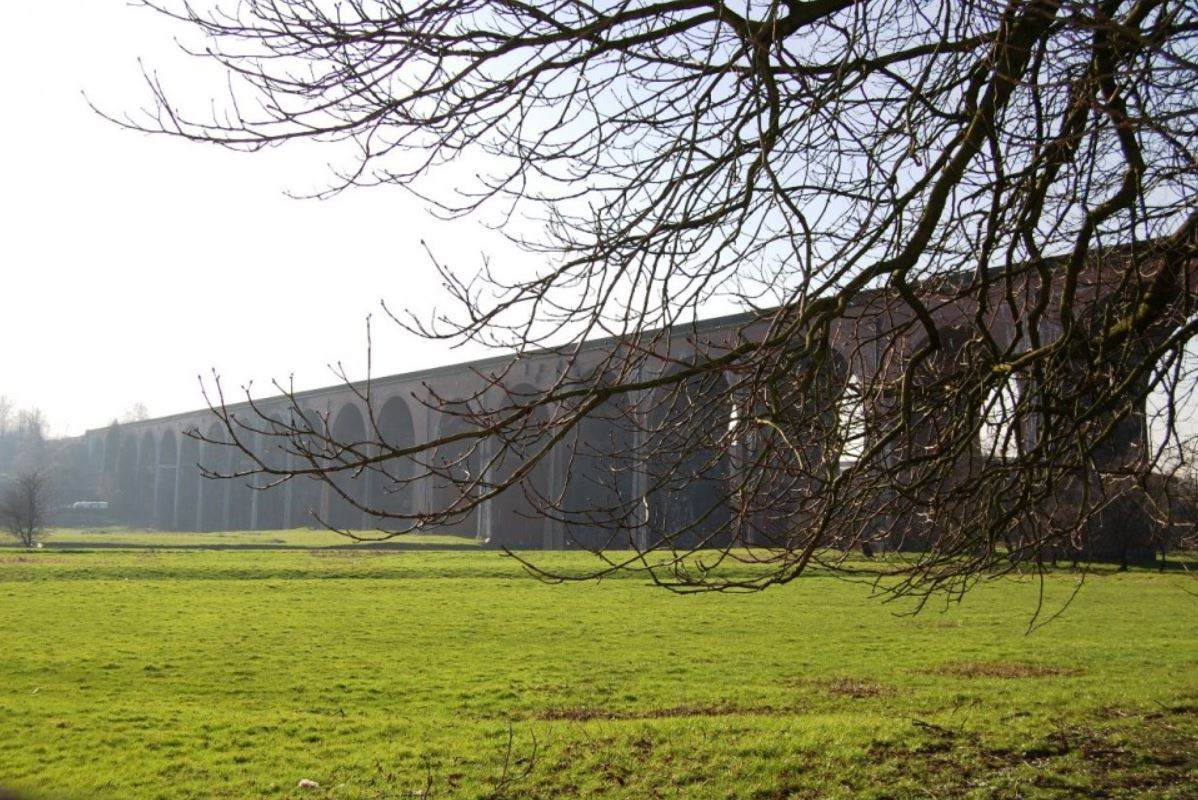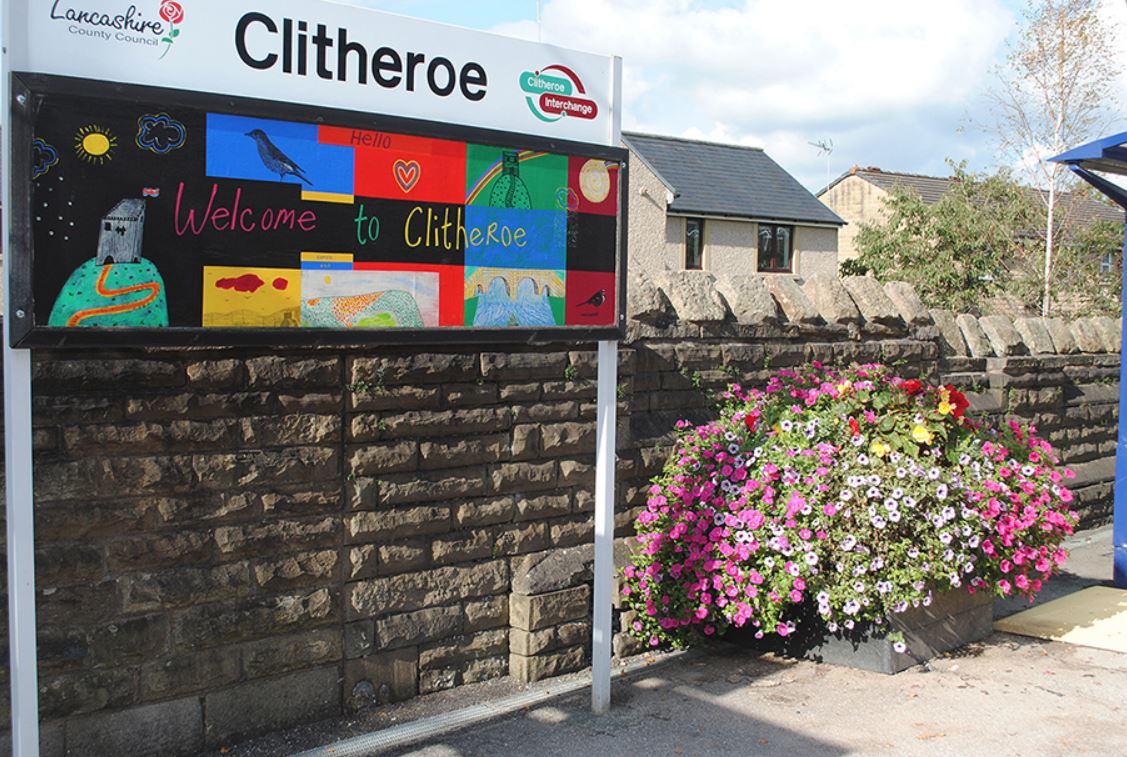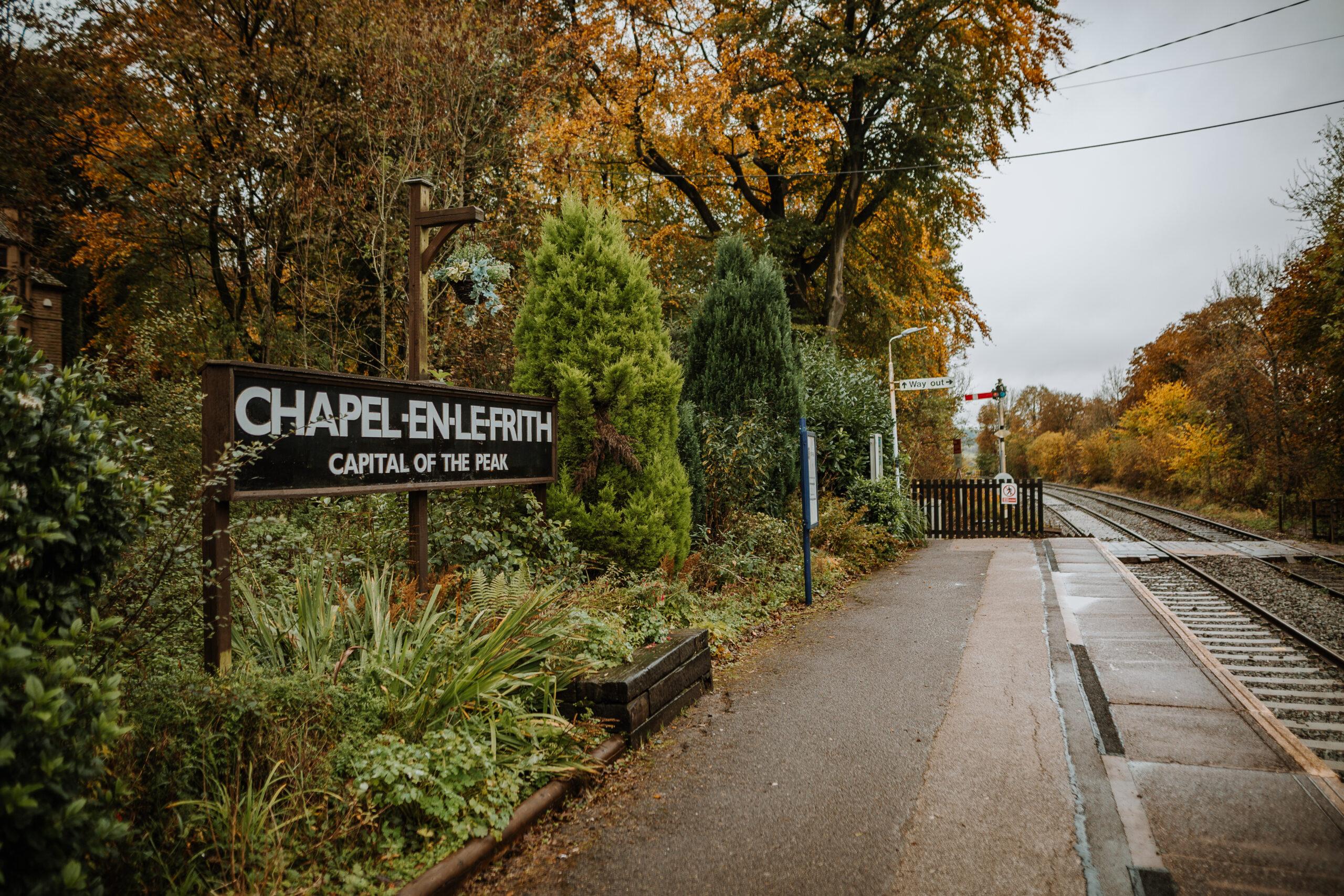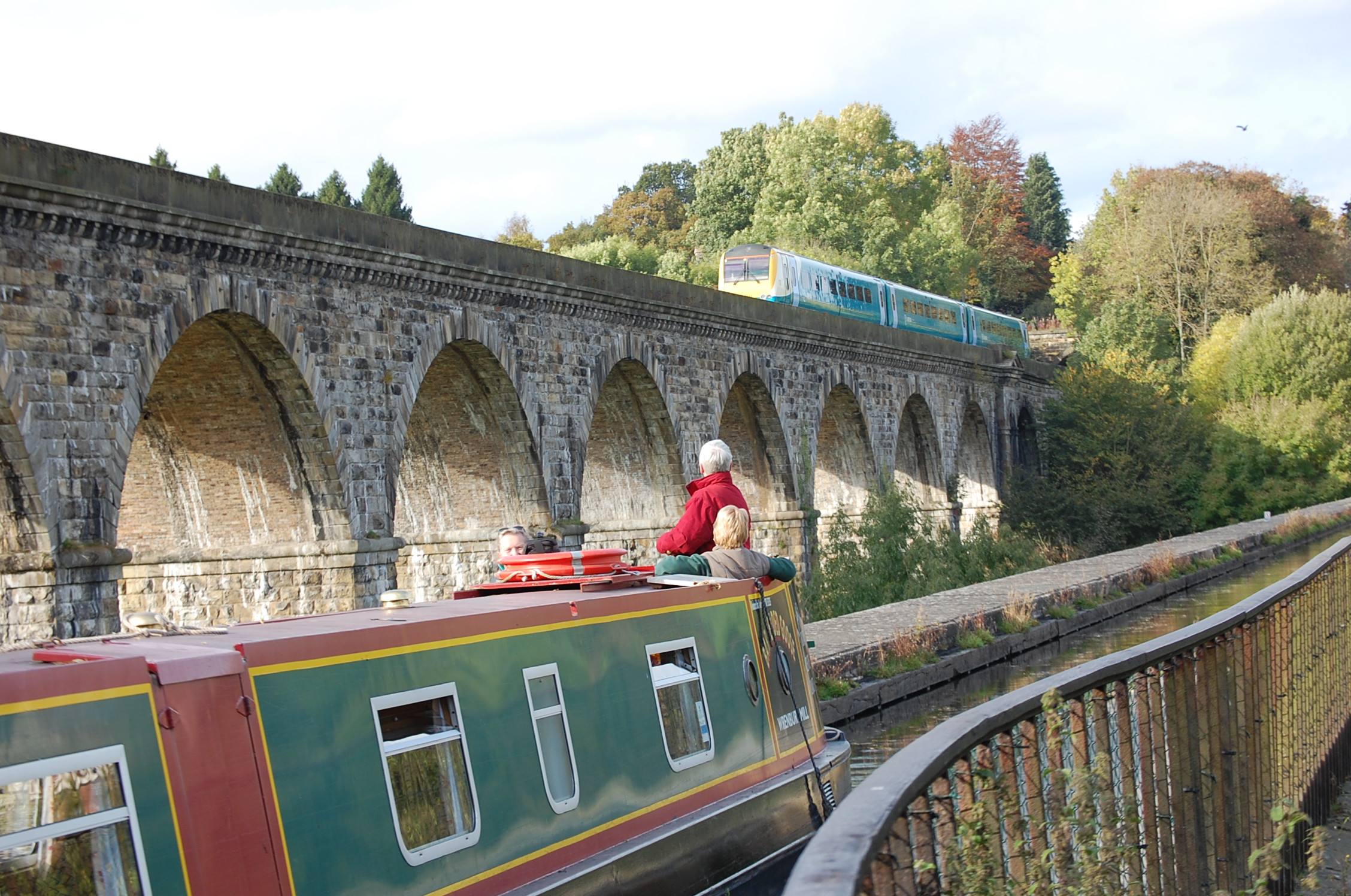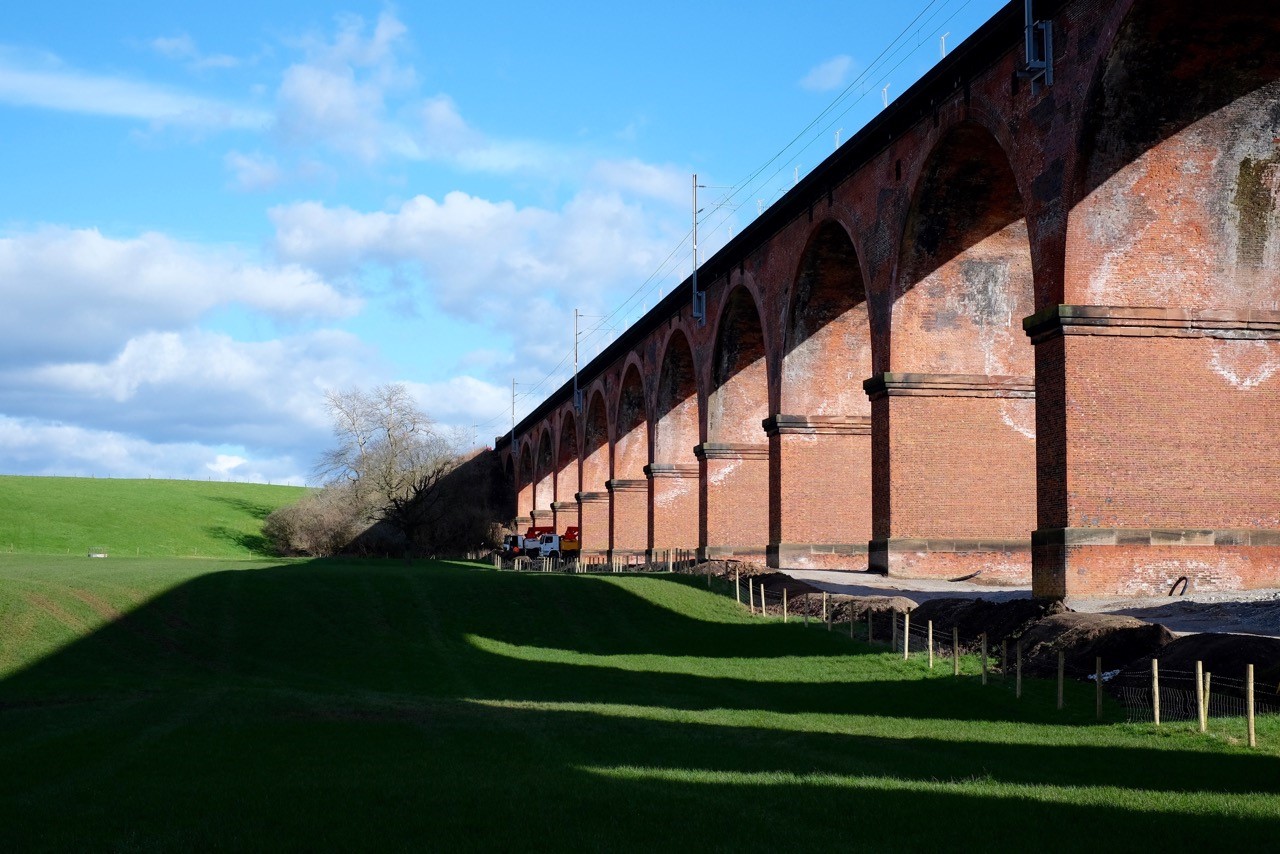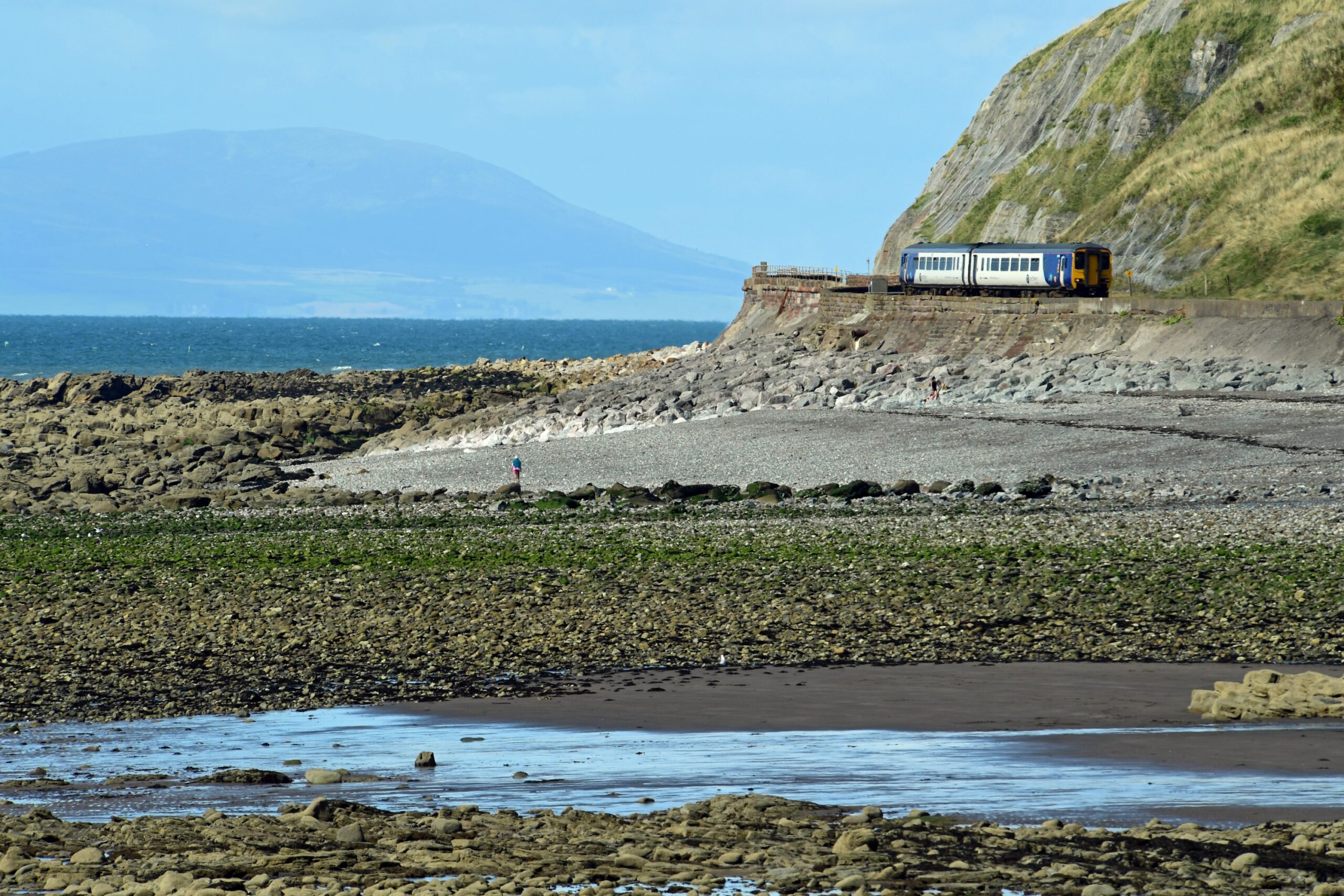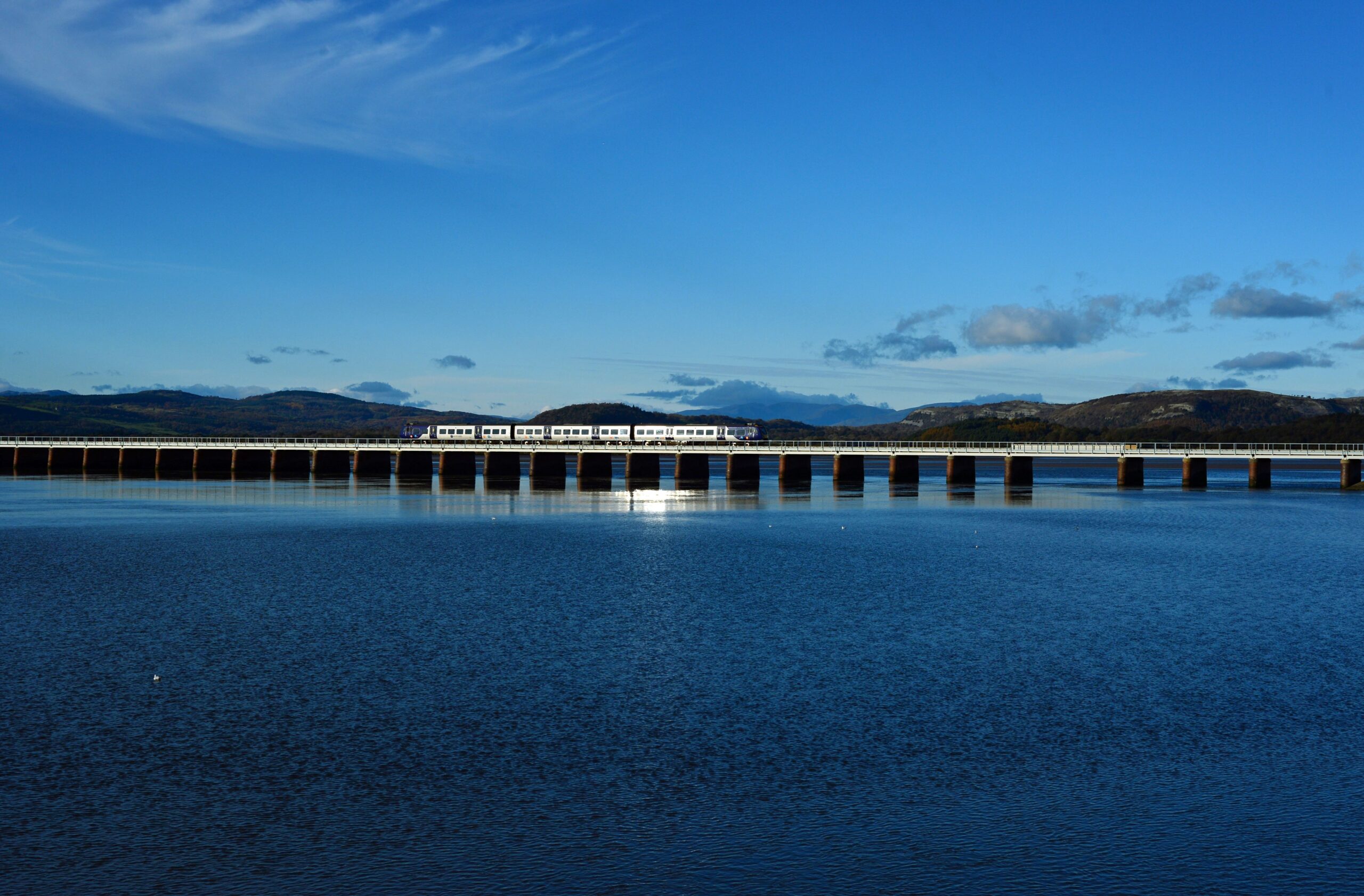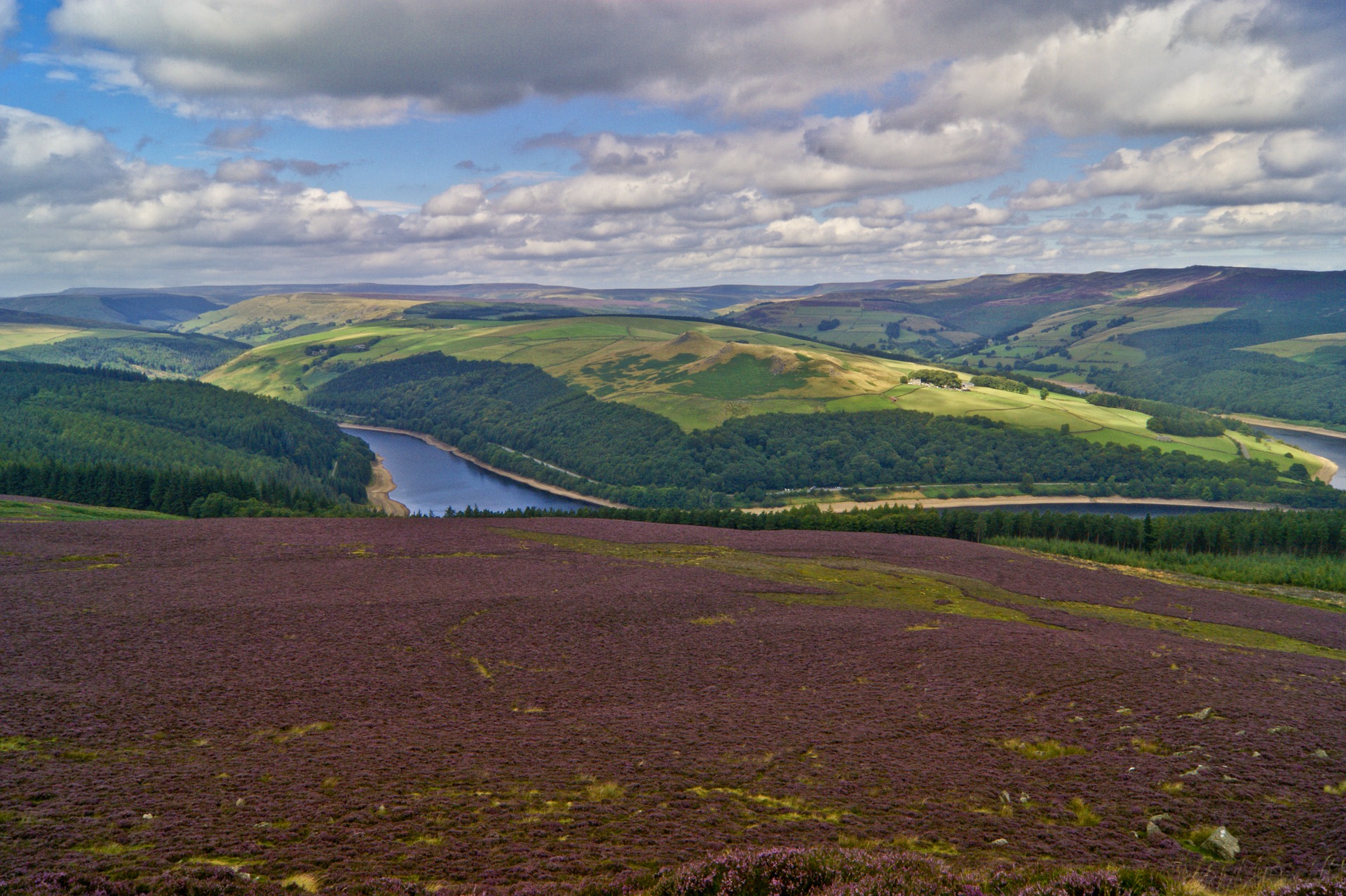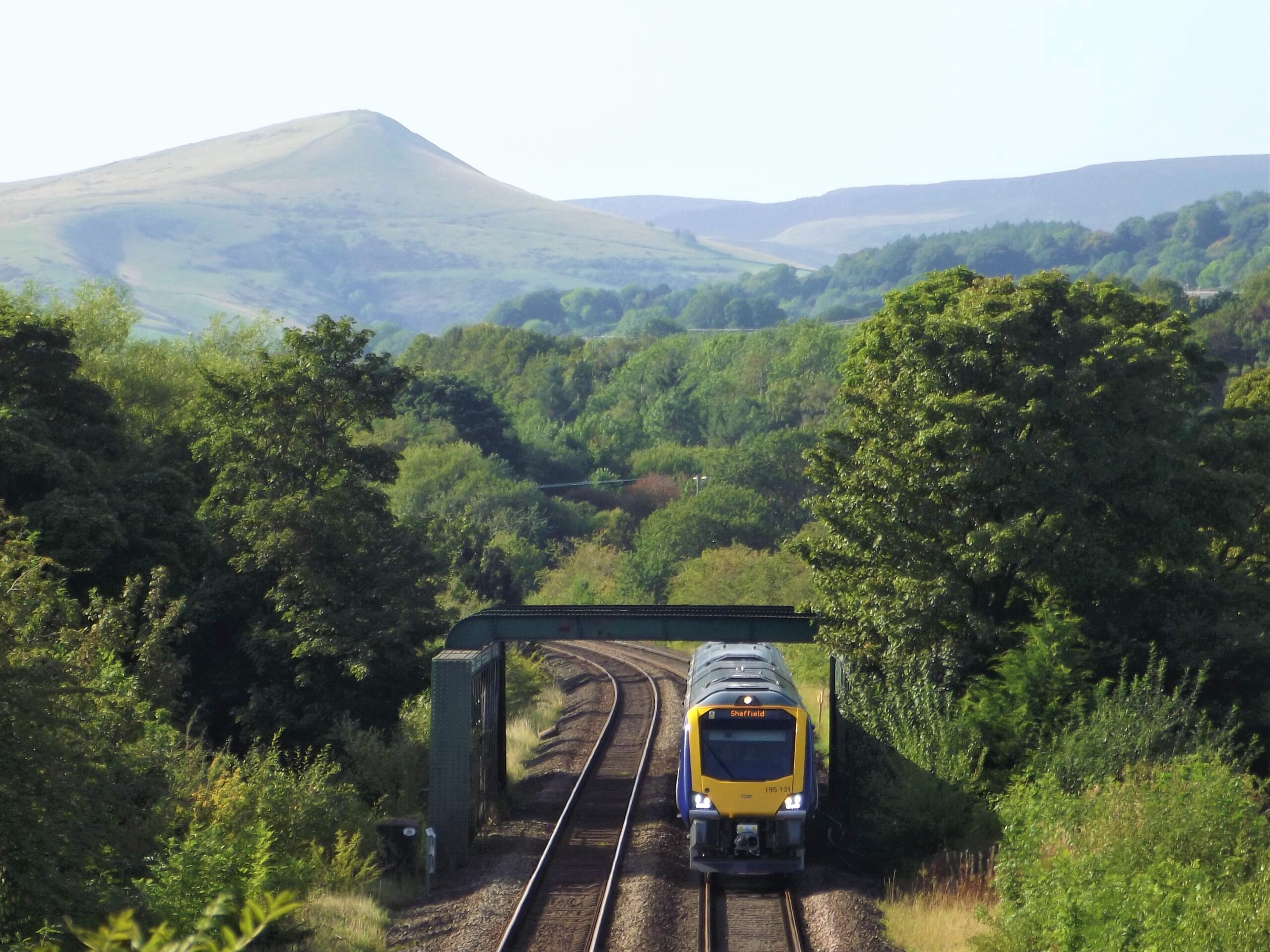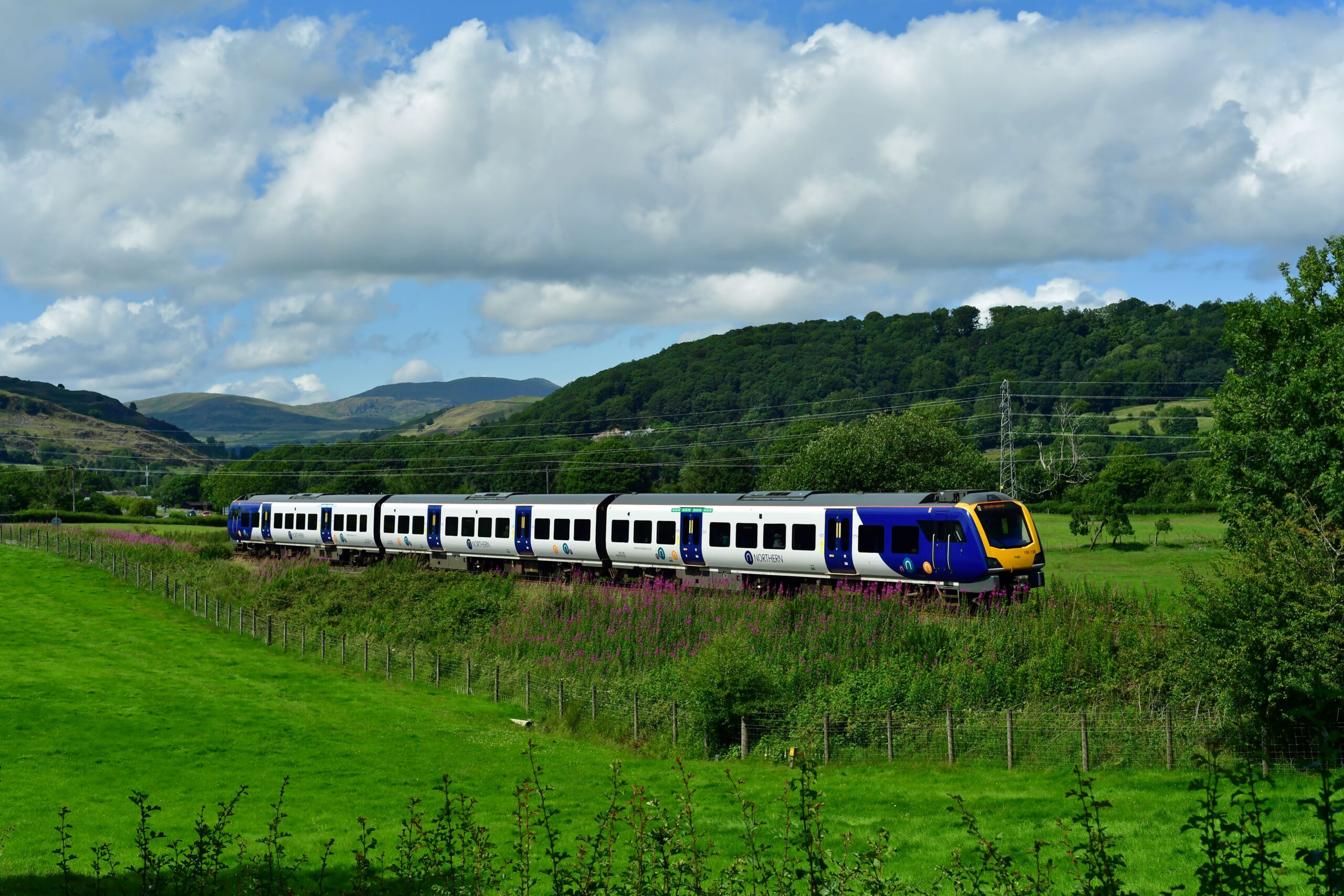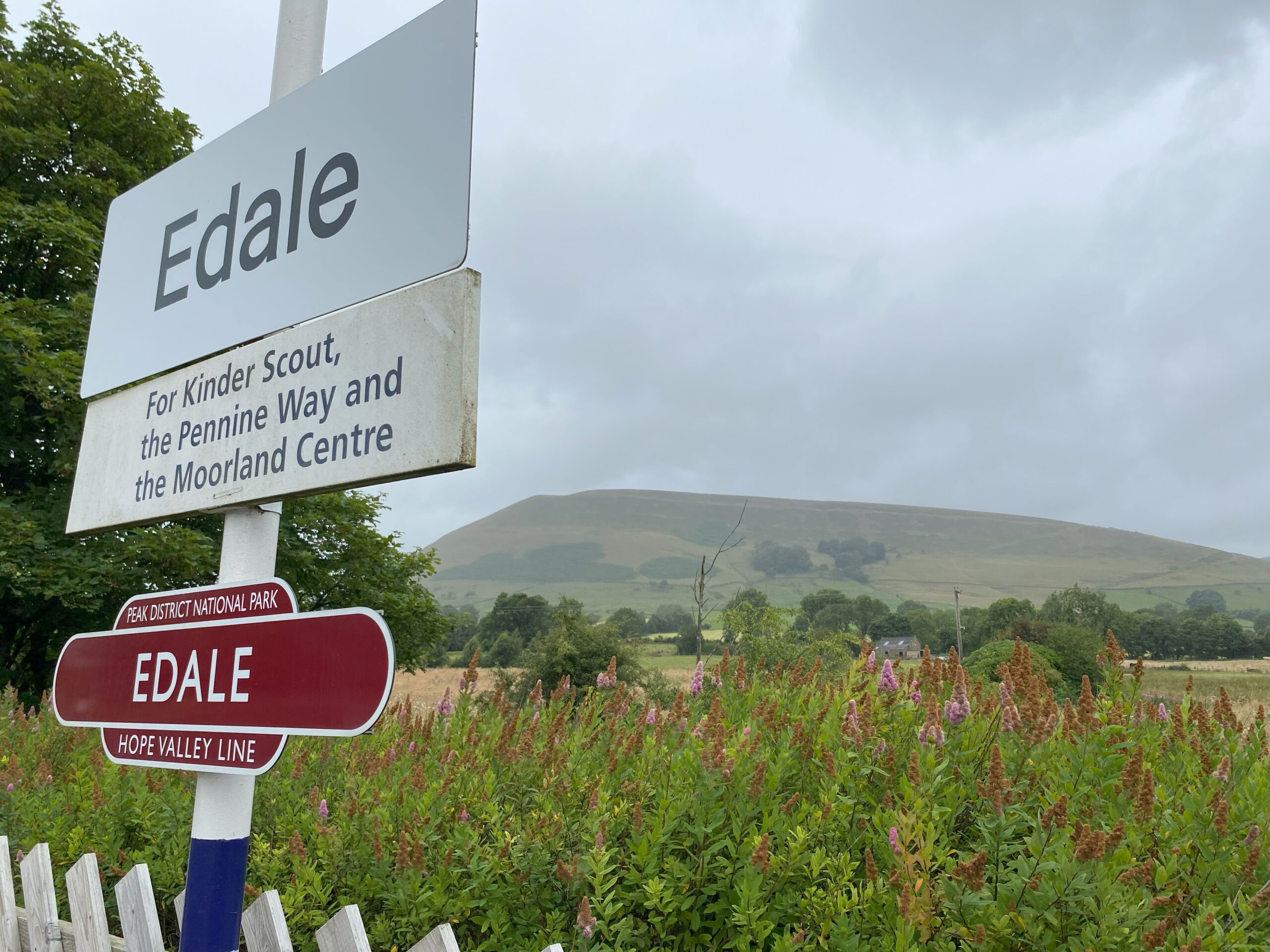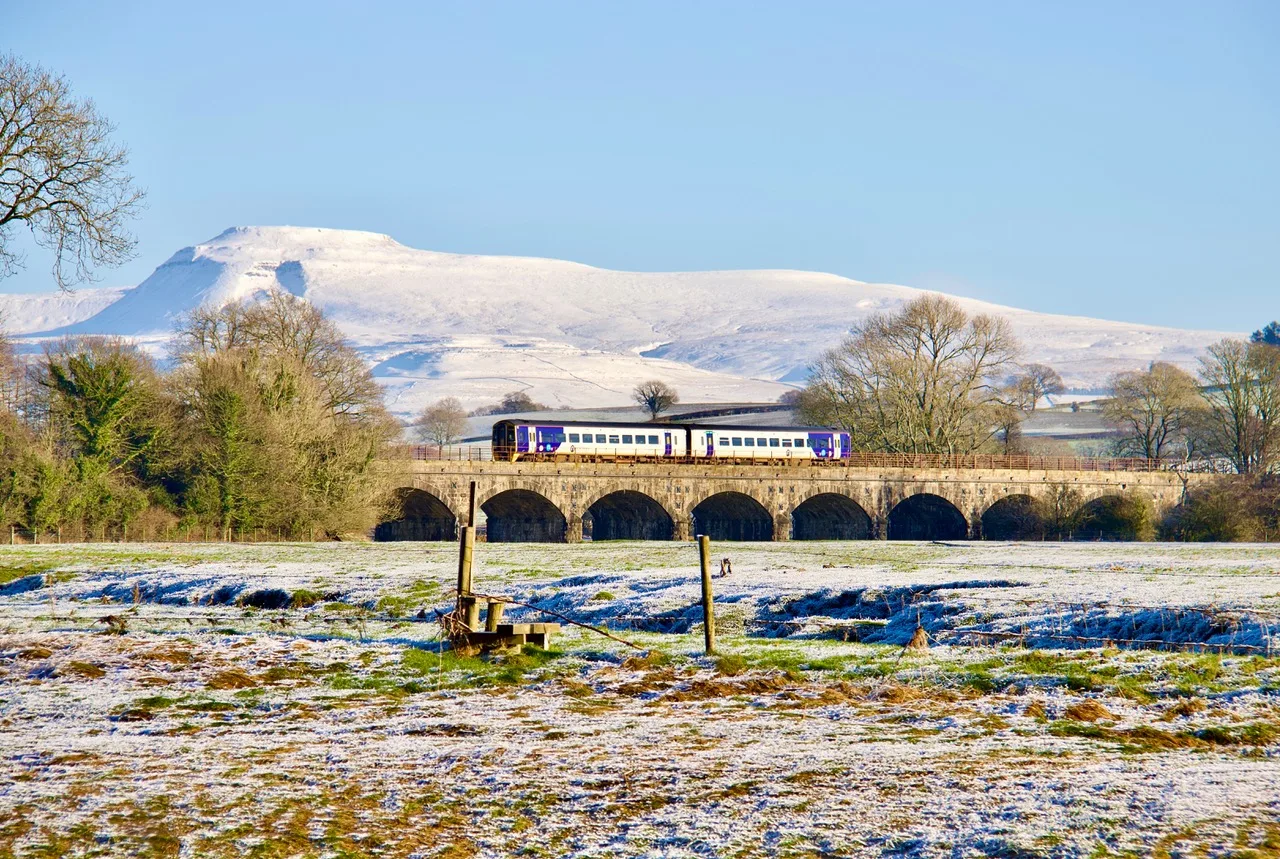Clitheroe Line
Manchester Victoria – Clitheroe via Bolton
Scenic Views
From the bustling heart of Manchester, the Clitheroe Line winds through the Irwell Valley, climbs the West Pennine Moors, and glides into the picturesque Ribble Valley. As you approach Clitheroe, enjoy sweeping views of Longridge Fell, Pendle Hill, and even glimpses of the Yorkshire Dales. Whether you’re gazing out from Entwistle station or admiring the rolling countryside near Blackburn, this line offers a visual feast for nature lovers and photographers alike.
Walking
Step off the train and straight into adventure. The Clitheroe Line is a gateway to some of Lancashire’s finest walking routes:
- Clitheroe Station – Edisford Bridge to Brungerley Bridge – a gentle 2-mile circular walk.
- Clitheroe Station – Clitheroe Castle Grounds to Standen Hey Community Woodland – a scenic 4-mile loop.
- Entwistle Station – Turton & Entwistle Reservoirs – explore the Warper’s Trail
For seasoned hikers, the Yorkshire Dales Explorer is a special Saturday-only service connecting Clitheroe with the dramatic landscapes of Settle, Ribblehead and Carlisle – perfect for a day of rambling. Also look out for organised walking events throughout the summer run by Lancashire Rail Ramblers.
Outdoors & Nature
Nature thrives along the Clitheroe Line. From tranquil reservoirs and ancient woodlands to riverside paths and nature reserves, the route is rich in biodiversity. A 15 minute walk from Clitheroe Station will bring you to Brungerley Park where you can access the Cross Hill Nature Reserve – birdwatchers, nature lovers, and outdoor enthusiasts will find plenty to explore.
History & heritage
Visit Clitheroe Castle Museum, a historic gem with interactive exhibits and panoramic views. This 12th-century Norman castle is one of the oldest buildings in Lancashire and is worth adding to you must-visit list.
Further along the line, Bolton Museum & Art Gallery combines art, archaeology, and local history. Highlights include the Ancient Egypt Gallery, exhibits on Bolton’s role in the Industrial Revolution, and a rich archive of the town’s social history.
